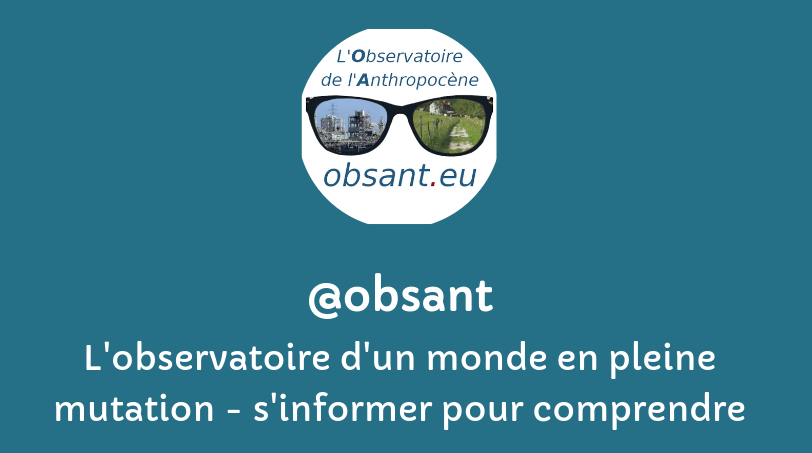Les champs auteur(e)s & mots-clés sont cliquables. Pour revenir à la page, utilisez le bouton refresh ci-dessous.
filtre:
Capture
This article examines the technocentric bias that characterizes climate mitigation literature, focusing on the reports of the IPCC's Working Group III. This bias stems from structural features of the scientific field that prioritizes innovation, leading to the overrepresentation of technological solutions in climate research. Funding mechanisms further reinforce this tendency by incentivizing collaboration with industrial R&D, creating a self-reinforcing loop in which scientific authority and industrial interests converge. The IPCC's institutional positioning—as a policy-relevant yet politically cautious body—amplifies this dynamic by favoring allegedly “cost-effective” technological pathways that lack practical feasibility.
Consumers ending up shouldering most of the costs of installing and operating CCS in the UK, a new report has found.
Dozens of companies and academic groups are pitching the same theory: that sinking rocks, nutrients, crop waste or seaweed in the ocean could lock away climate-warming carbon dioxide for centuries or more. Nearly 50 field trials have taken place in the past four years, with startups raising hundreds of millions in early funds. But the field remains rife with debate over the consequences for the oceans if the strategies are deployed at large scale, and over the exact benefits for the climate. Critics say the efforts are moving too quickly and with too few guardrails.
Larry Page. The name instantly evokes Google. He co-founded the search engine that reshaped how we explore the web. Now, whispers suggest he’s pivoting to AI manufacturing.Two publications lit the match: Tech in Asia and The Hindu. Both allege Page quietly built a team of robotics and data-savvy wizards. The result? A stealthy startup aimed at merging artificial intelligence with factory floors. The company’s identity remains hidden. Yet the words “AI manufacturing” capture attention. Manufacturing is massive, vital, and often riddled with inefficiencies. If Page wants to optimize it, the outcome could be game-changing.
There are four key ways of measuring energy. These metrics capture the transformations and losses that occur across the energy chain. The differences between the first stage (‘primary energy’) and the last (‘useful energy’) can be very large. This means it’s important to be clear about which metric is being referred to when people speak about data on “energy”. In this post I explain these four metrics.
Scientists may have to rethink the relationship between the ocean’s circulation and its long-term capacity to store carbon, new research from MIT suggests. As the ocean gets weaker, it could release more carbon from the deep ocean into the atmosphere — rather than less, as some have predicted.
Group says forcing polluters to store carbon dioxide underground is needed to help world reach net zero
Carbon capture and storage schemes, a key plank of many governments’ net zero plans, “is not a climate solution”, the author of a major new report on the technology has said. Researchers for the Institute for Energy Economics and Financial Analysis (IEEFA) found underperforming carbon capture projects considerably outnumbered successful ones by large margins.
Oil companies love to tell the world about the super cool technologies that have that will allow us to keep burning fossil fuels without cooking the climate. But those technologies are largely bullshit.
CCS - Carbon Capture and Storage: A research brief published by the Institute for Energy Economics and Financial Analysis (IEEFA) concludes that the abrupt recent shutdown of the Petra Nova coal-fired carbon capture plant in Texas should be seen as a strong signal for investors to avoid such projects.
Technologies for the removal of carbon dioxide (CO2) from the atmosphere (direct air capture, or DAC for short) are already in use, but neither their actual benefits for climate protection nor their other environmental impact have yet to be investigated.
There are several ways to remove carbon from the atmosphere. One is called bioenergy with carbon capture and storage, or Beccs. Here, vast acres of fast-growing plants are grown and then harvested and burned to generate electricity or make biofuel for vehicles.
The recent spike in natural gas prices has closed many plants that make fertiliser in the UK – sending a shockwave through lots of other industries.
From turning CO2 into rock to capturing the breath of office workers, a growing number of companies think the answer is yes
This article argues that resource and logistical constraints weighing on low-carbon energy and CO2 capture technologies are likely to pave the way for geo-engineering solutions such as Stratospheric Aerosol Injection (SAI), which demand negligible land, material, and energy inputs. This “climate transition without carbon transition”, though technically feasible, is far from being that simple, raising a whole new set of environmental risks as well as geopolitical, institutional, and ethical issues.
Operators say the Orca plant can suck 4,000 tonnes of CO2 out of the air every year and inject it deep into the ground to be mineralised
The industry has been pushing through policies devoting billions of dollars to the technology, and much more is likely to come with legislation pending before Congress.
An astute journalist I know once described carbon capture and storage (CCS) as a “delay-and-fail strategy” devised by the fossil fuel industry. The industry’s ploy was utterly obvious to him: Promise to perfect and deploy CCS at some vague point in the future. By the time people catch on that CCS won’t work, the fossil fuel industry will have successfully extended the time it has operated without onerous regulation for another couple of decades.
Around the world, dozens of ingenious projects are trying to ‘trick’ the ocean into absorbing more CO2. But critics warn of unforeseen consequences
![]()



